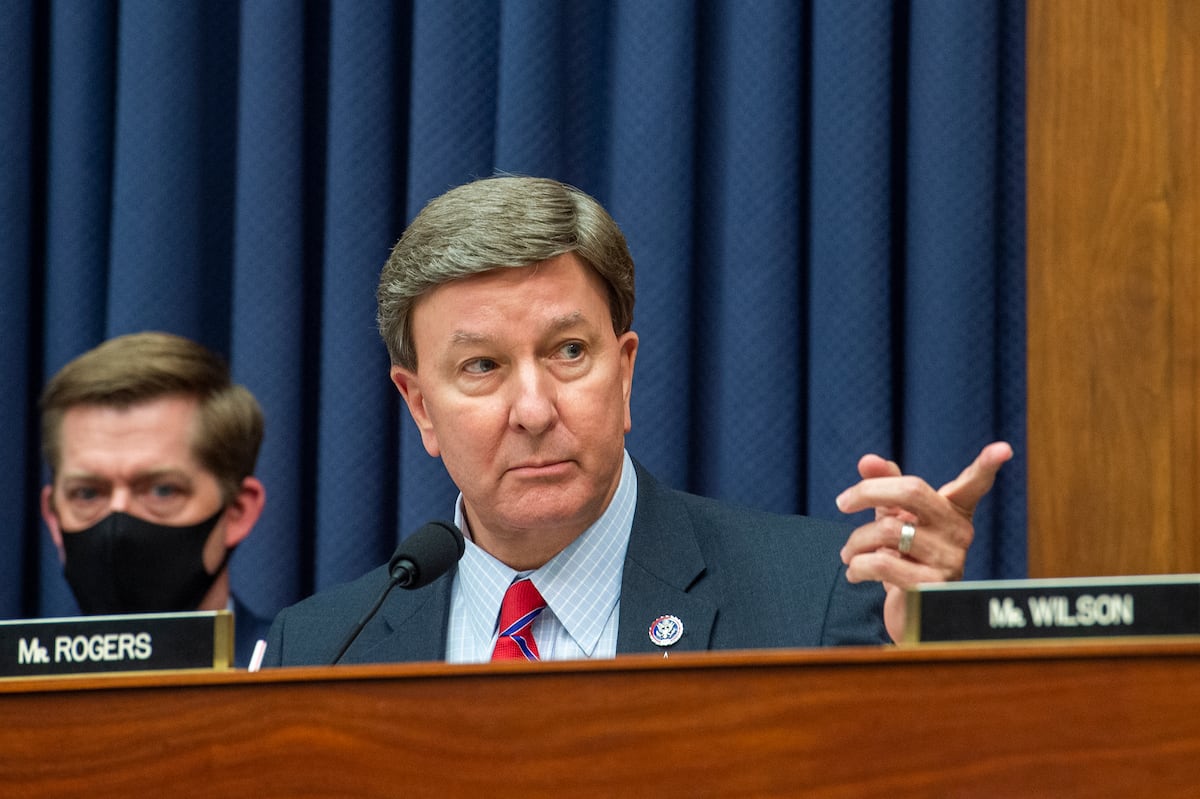Key Takeaways
- The House Armed Services Committee passed its annual defense authorization bill with a 55-2 bipartisan vote, setting the stage for full chamber consideration.
- The bill includes a 3.8% pay raise for military personnel and $400 million in support for Ukraine, while prohibiting reductions in military presence in Korea and Europe without congressional approval.
- Significant differences remain between the House and Senate drafts, particularly regarding defense spending levels, with the Senate proposing a budget of $879 billion compared to the House’s $847 billion.
House Armed Services Committee Passes Defense Authorization Bill
The House Armed Services Committee has advanced its annual defense authorization bill, approving it with a bipartisan 55-2 vote after a lengthy day of discussions. The bill establishes defense policies and budget priorities for the upcoming fiscal year, following a similar endorsement from the Senate Armed Services Committee less than a week earlier. The authorization measure has been a staple of Congress for over six decades, enduring even amid escalating partisan strife.
Chairman Mike Rogers, R-Ala., praised the bill, asserting it aims to reform the acquisition system, enhance the defense industrial base, and ensure a potent military capable of deterring threats from adversaries such as China. Key provisions include a 3.8% salary increases for service members in 2026 and an increase by approximately 26,000 troops in the Defense Department’s end strength for the coming year.
In terms of military posture, the bill prohibits any reduction of U.S. forces in Korea or Europe without express congressional consent. It also allocates $400 million for aid to Ukraine, a figure that is around $200 million less than what the Senate version proposes.
Democrats on the House panel attempted to amend the legislation with proposals targeting President Trump’s policies and Defense Secretary Pete Hegseth’s controversial communication methods, which some critics argue compromise military operations. However, all proposed amendments from the Democratic side were rejected by the Republican majority.
The committee did approve an adjustment aimed at preventing the Defense Department from restoring names of military bases associated with the Confederacy, but this aspect could face challenges when the bill is reviewed by the full House.
Differences between the House and Senate versions emerge notably in the total defense budget, with the Senate’s proposal framing a $879 billion budget—$32 billion more than the White House’s request for fiscal 2026. The House sticks to the administration’s budget of $847 billion. The Senate’s additional funding is earmarked for shipbuilding and munitions.
Both drafts seek to streamline defense acquisition processes, albeit with different methods. The House committee’s draft introduces the SPEED Act to create a directorate aimed at expediting acquisition processes, whereas the Senate seeks to amend or repeal numerous outdated statutes affecting defense procurement.
Despite these differences, leaders from both chambers are optimistic that the divergence in language can be reconciled in the coming months, with expectations for finalization likely extending into the fall. In recent years, the approval of the authorization bill has often been delayed, completing after Thanksgiving in 12 of the past 15 years.
The content above is a summary. For more details, see the source article.















